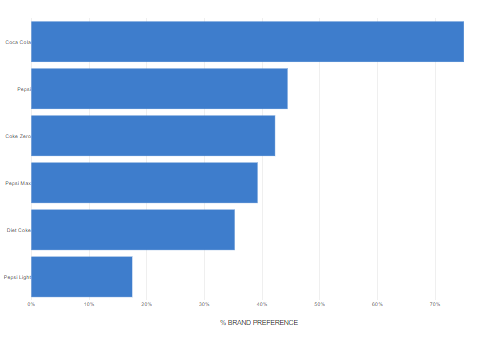


This can cause labels to overlap when the bars take up all of the allotted space within the chart area. When data point labels are shown on a bar chart, the labels are placed on the outside of each bar.
#Bar graph builder series#
You can have any number of grouped stacked series in a chart. The grouped stacked chart is displayed side-by-side. You have the option of separating the stacked bar chart into multiple sets of stacks for each category. Stacked bar charts place series on top of each other to create one bar stack.
#Bar graph builder how to#
For more information about how to add a drawing style to a bar chart, see Add Bevel, Emboss, and Texture Styles to a Chart (Report Builder and SSRS). If you are using a 3D chart, the drawing styles will still be applied, but may not have the same effect. These effects are designed to improve the appearance of your 2D chart. Drawing styles include wedge, emboss, cylinder, and light-to-dark. You can add special drawing styles to the individual bars on a bar chart to increase its visual impact. For more information, see Gauges (Report Builder and SSRS). The linear gauge is designed to show one value instead of multiple groups, so it is more flexible for use within a list or table data region. If you are looking to add bars to a table or matrix within the report, consider using a linear gauge instead of a bar chart. You can also collect stacked bar or column charts into multiple groups if you have several series on your chart.Ī bar chart displays values from left to right, which may be more intuitive when displaying data related to durations. If more than three series are present on the chart, consider using a stacked bar or column chart. This means that in a bar chart, you have more space for category labels to be displayed along the y-axis as a list that reads from top to bottom.īar and column charts are most commonly used to show comparisons between groups. The category axis is the vertical axis (or "y-axis") and the value axis is the horizontal axis (or "x-axis"). A bar chart that shapes the bars as cylinders on a 3D chart.īar charts have their axes reversed. A bar chart that shows individual series in separate rows on a 3D chart.ģD cylinder. If there is only one series in your chart, all the bars will fit to 100% of the chart area.ģD clustered. A bar chart where multiple series are stacked vertically to fit 100% of the chart area. If there is only one series in your chart, the stacked bar chart will display the same as a bar chart. A bar chart where multiple series are stacked vertically. You can create and modify paginated report definition (.rdl) files in Microsoft Report Builder, Power BI Report Builder, and in Report Designer in SQL Server Data Tools. The bar chart is well suited for this data because all three series share a common time period, allowing for valid comparisons to be made. The following illustration shows a bar chart. For more information about how to add data to a bar chart, see Charts (Report Builder and SSRS). It is also popular for showing categorical information since the categories can be displayed horizontally. For this reason, it is popular for representing data that occurs over time, with a finite start and end date. The bar chart is the only chart type that displays data horizontally. The plain bar chart is closely related to the column chart, which displays series as sets of vertical bars, and the range bar chart, which displays series as sets of horizontal bars with varying beginning and end points. Applies to: ✔️ Microsoft Report Builder (SSRS) ✔️ Power BI Report Builder ✔️ Report Designer in SQL Server Data ToolsĪ bar chart displays series as sets of horizontal bars in a paginated report.


 0 kommentar(er)
0 kommentar(er)
